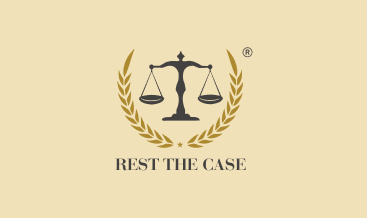Books
THE NEW JIM CROW-MASS INCARCERATION IN THE AGE OF COLOR-BLINDNESS

“The New Jim Crow-Mass Incarceration in the Age of Colorblindness”, explains the working of the US justice system against the black people. In 2008, Barack Obama lashed out at feckless black fathers who renege on responsibilities that ought not “to end at conception”. In The New Jim Crow, Michelle Alexander exclaims on their whereabouts that they’ve gone to jail.
Alexander’s clear-eyed assessment stunned America, which is an indictment of a society that has been complicit since the 1980s in the explosion of the population in the prison which is more than 2 million in number. Drug convictions have greatly fuelled in the increase of new felons that have been black and is not coincidental.
Alexander asserts, that the mass incarceration “emerged as a stunningly comprehensive and well-designed system because the administration’s “war on drugs” had shifted the legal goalposts of racialized social control that was functional in a manner which was strikingly similar to The Jim Crow”.
The book is based on the caste system prevailing in America, which has resulted in millions of African Americans being locked behind bars and relegating a permanent second-class status who were denied the rights won in the Civil Rights Movement. The book has been dubbed as the “secular bible of a new social movement” by numerous people and has led to consciousness-raising efforts in churches, universities, community centres, and prisons nationwide.
In the following years of the civil war, the southern legislators designed “Jim Crow” laws to thwart and baffle the newly liberated black population, curbing the voting rights. Under the laws, black people found themselves demoting the convict leasing camps that were worse than slavery. Alexander argues that if Jim Crow was an effective means of controlling the black population, then the modern mass incarceration was its successor.
It is insightful and thought-provoking. The book based on Jim Crow laws addresses the influence of the mainstream media that plays a part in forming the desired cultural images of a race of people. Alexander has shown how systematic racism in America is sewn along with the fabric of this nation. Her findings are brought forth without creating a feeling of hate or bitterness.
Alexander has outlined how the Reagan government exploited the hysteria of the 1980s over cocaine to demonize the black population to make the “black” and “crime” interchangeable. It was a war on black people. The churchgoing mothers don’t want to see their sons getting routinely arrested on suspicion of drug dealing to wear baggy trousers.
With the election of Barack Obama, the majority of black men in the urban areas are saddled with criminal records for life as the United States celebrates its “triumph over race”. Jim Crow laws have been wiped off from the book’s decades ago, but today a handful percentage of the African American community is imprisoned and trapped in a social universe that is denied basic human and civil rights like the right to serve on juries; right to vote; and the right to be free of legal discrimination.
In her book, Alexander has shown that, by targeting the black population and decimating communities of colour through the war on drugs, the criminal justice system in America can function as a present-day system of racial control, as it adheres to the principle of colour blindness formally.
The law is colour-blind but the narratives around the crimes are framed according to the people deemed worthy of compassion. Alexander has tried to draw a stark comparison with the prosecutions of the drunk drivers. Drunk driving by the white men results in more violent deaths, and yet they are often charged with infringement and misdemeanours.
The author hasn’t understated the devastation caused by crack cocaine, quoting the observation of the great historian Kennedy that it blew through the black neighbourhoods of America like the Four Horsemen of the Apocalypse. First-time drug offenders faced 10 years of imprisonment and thousands of black Americans, followed plea-bargaining and languish in prison for crimes they didn’t commit. Black people haven’t fared under the democrats. Legislation “three strikes and you’re out” by President Clinton led to a surge in prisoners being given a mandatory life sentence after their conviction of a violent felony.
Notwithstanding the improvements in the US judicial system, the book offers important lessons for all the societies that claim prevalence of colour-blindness but enact policies alongside that scapegoat the marginalized groups. It challenges the civil rights community to place mass incarceration at the forefront of racial justice in America. On reading the book you will know that to know and understand the racial present you must re-examine the history. The systems reveal our values and it is not easy to change people’s perspectives but to change that you must change your mind first.




